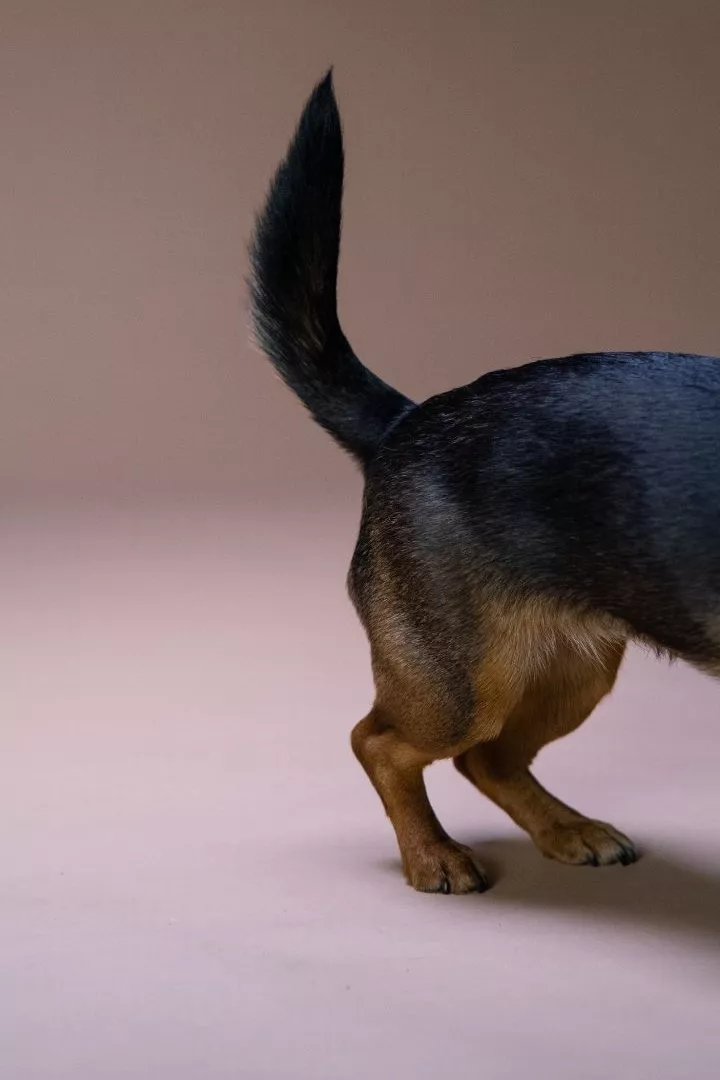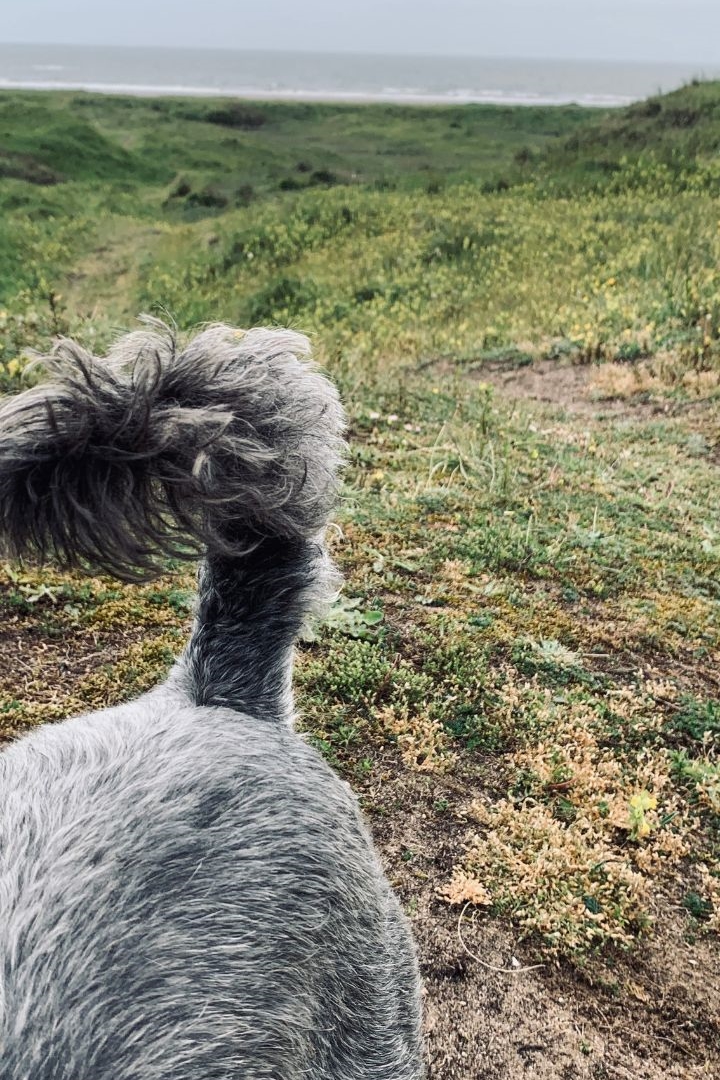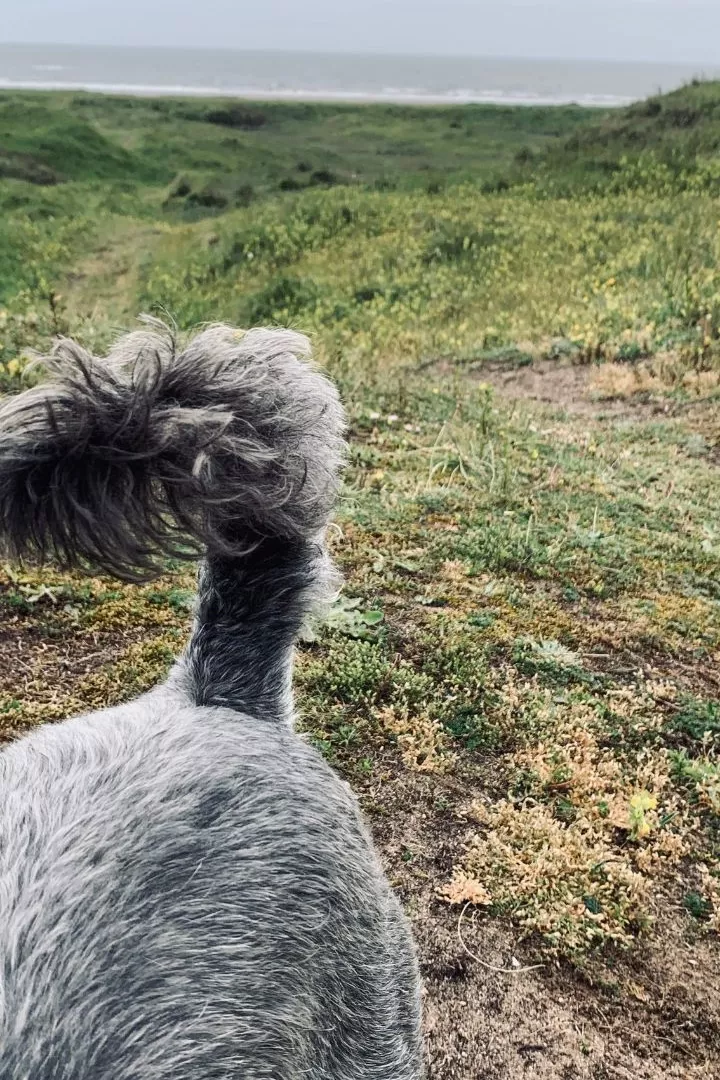

Why do dogs wag their tails?
Dogs wag their tails to communicate a range of emotions, from happiness and friendliness to fear and aggression, offering insight into their complex social interactions


Why Do Dogs Wag Their Tails?
Dogs use tail-wagging to communicate with humans and other animals.


2. Tail Wagging as a Sign of Happiness
Most people think dogs wag their tails because they’re happy.


3. Tail Position Indicates Mood
The position of a dog’s tail can show how they feel.
4. Right-Side vs. Left-Side Tail Wagging
Dogs wagging more to the right are showing positive emotions, while left-side wagging can show stress.
5. Tail Wagging as a Social Signal
Dogs wag their tails to communicate with other dogs and people.
6. What Fast or Slow Tail Wagging Means
The speed of a dog’s tail wagging can indicate excitement or hesitation.
7. Is Tail Wagging Always Friendly?
Not all tail wagging means a dog is friendly or happy.
8. Tail Wagging in Response to Stimuli
Dogs wag their tails in response to different triggers in their environment.
9. Evolution of Tail Wagging in Dogs
Tail wagging likely evolved as a way for dogs to communicate without vocalizing.
10. Understanding Your Dog’s Tail Language
Learning to read tail wagging helps in understanding a dog’s needs and feelings.
Check out the other stories
Check out the other stories from The Happy Puppers.
Check out the blog
Check out the blog, The Happy Puppers
The motion and position of a dog's tail can signal various emotions, from happiness to dominance, explaining why dogs wag their tails in different situations.
Dogs often wag their tails when they’re excited or joyful, and the motion is typically loose and sweeping, giving insight into why dogs wag their tails when they’re in a good mood.
A high, rigid tail may indicate alertness or dominance, while a low or tucked tail often means fear or submission, demonstrating why dogs wag their tails in various ways.
This difference in direction can reflect a dog’s level of comfort, highlighting why dogs wag their tails differently depending on the side.
A tail-wagging dog is sharing information with those around them, explaining why dogs wag their tails as a form of social interaction.
Fast, enthusiastic wagging often shows excitement, while slower wagging can mean uncertainty or caution, adding to why dogs wag their tails to communicate.
Dogs may wag their tails when they are anxious, aggressive, or curious, explaining why dogs wag their tails even in unfriendly situations.
A new person, animal, or smell can prompt tail wagging as the dog reacts to new information, showing why dogs wag their tails as a reaction.
This silent form of expression has become essential, explaining why dogs wag their tails as a natural behavior.
Observing the position, speed, and direction of wagging can clarify why dogs wag their tails and improve pet-owner communication.